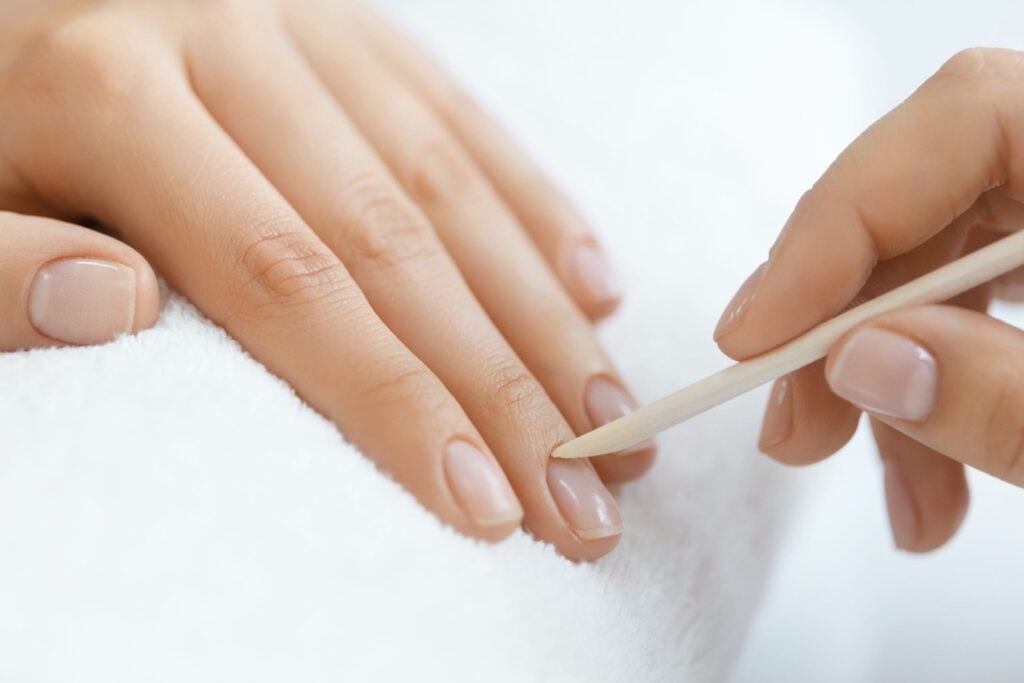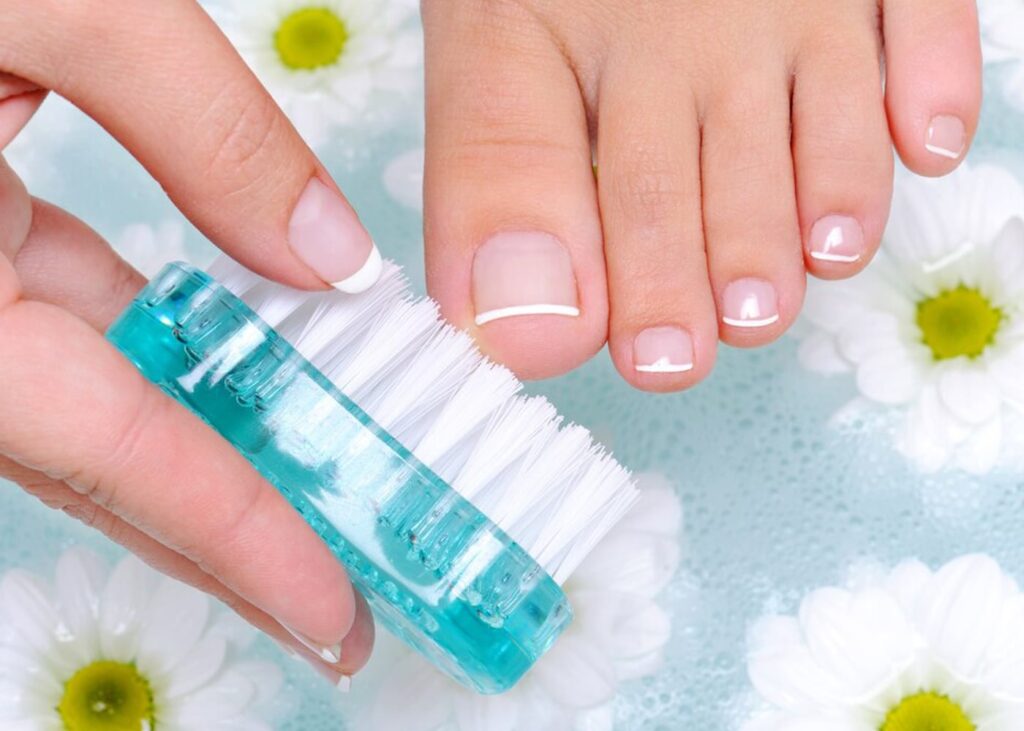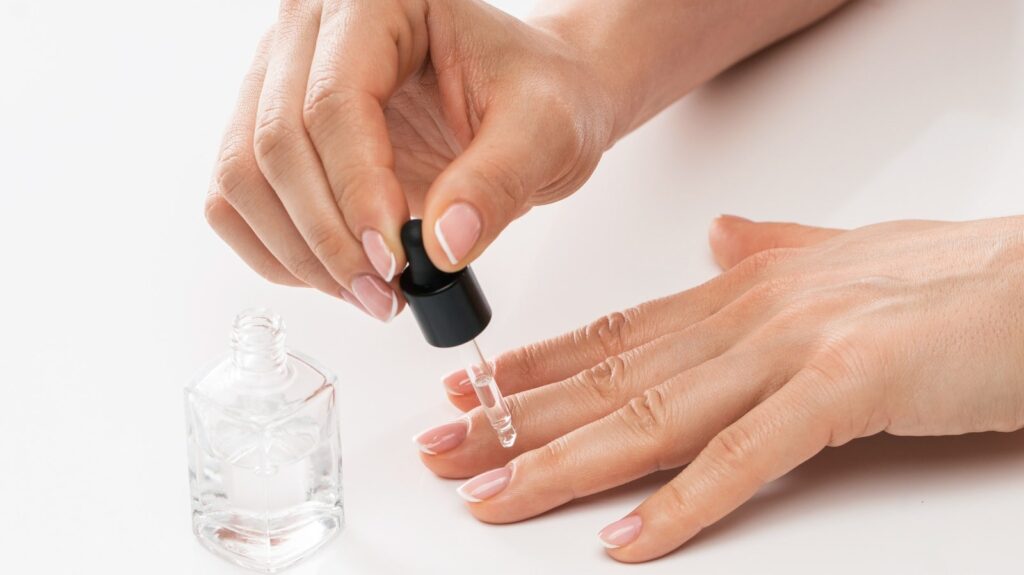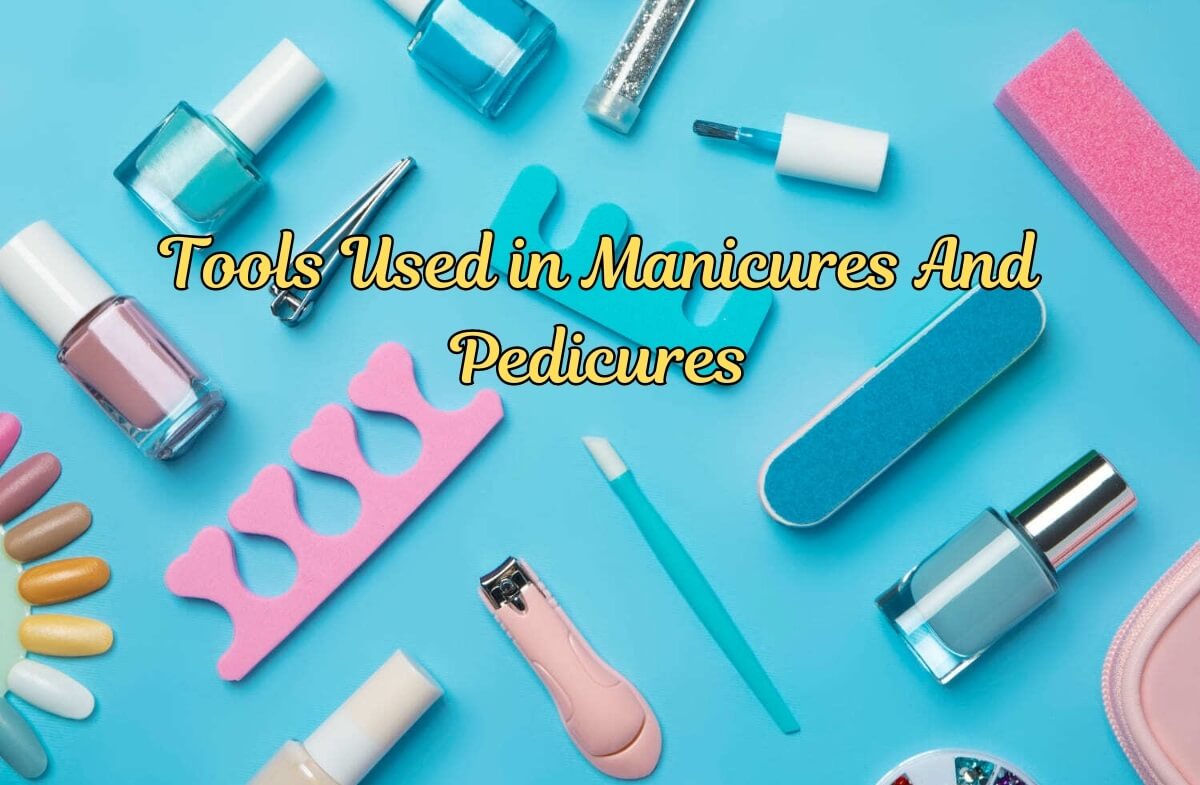Taking care of our nails and toes goes beyond just aesthetics. It’s a sign of good hygiene and overall health. We all desire clean cuticles, perfectly shaped nails, and luxuriously soft, pampered hands and feet. However, achieving salon-worthy manicures and pedicures at home can be tricky, if we don’t have the right tools.
So I am here with my two cents to help equip you with a deep understanding of the importance of having a top-notch nail care kit for DIY manicures and pedicures. Let’s learn how the right tools can help us achieve our goal of happy hands and feet.
Maintain Healthy Nails
Having the right tools for manicures and pedicures is the key to achieving healthy, beautiful nails. These manicure and pedicure tools will allow you to shape, trim, and buff your nails and toes in perfect shape, as well as minimize damage, such as splitting and breakage. Additionally, gentle tools put less stress on the nail plate, promoting healthy growth. Finally, Having a proper understanding of manicure tools and their uses ensures the best results, allowing a smooth application and resulting in a flawless, professional look that rivals any salon visit.
Save Time And Money
Ditch the salon appointments and long commutes! Owning a DIY mani-pedi kit empowers you to take charge of your nail care routine. Do your nails whenever it fits your schedule, at your own pace, in the comfort of your home. on top of that, you’ll save money on frequent salon visits. With your own tools, you can use the polishes and treatments you love, creating beautiful nails for a fraction of the salon’s price.

Express Your Style
With a mani-pedi tool kit, your nails become a canvas for self-expression. Explore classic French manicures or bold, trendy designs. Show off your quirky side with playful patterns or celebrate every special moment with festive art. The endless possibilities, allow you to perfectly match your outfit, express your unique personality, or simply create something fun and eye-catching.
Essential Tools for DIY Manicures and Pedicures
So, what tools are needed for nails? Here are 10 must-have manicure and pedicure instruments, you will need, along with a detailed guide on their uses.
| TOOLS | DESCRIPTION |
|---|---|
| Nail Cutter | Trimming fingernails and toenails |
| Nail File | Smoothing and shaping nail edges |
| Nail Buffer | Buffing and polishing nails to create a smooth, shiny finish |
| Cuticle Pusher | Gently pushing back cuticles |
| Cuticle Nipper (optional) | Trimming excess cuticle skin (use with caution) |
| Nail Brush | Removing dirt and debris from under nails |
| Pumice Stone(for Pedicures) | Removing calluses and dead skin from feet |
| Foot File | Remove rough skin and make feet smoother |
| Toe Separators (for Pedicures) | Keeping toes apart while painting toenails |
| Cuticle Oil | Keeping cuticles hydrated and healthy |
Let’s discuss all these tools one by one in detail

1, Nail Cutter
This is the primary nail tool for cutting and shaping during a manicure or pedicure. A good quality stainless steel Nail clutter is ideal for cutting fingernails and toenails to a desired length. This allows for a clean and even base, which is why it’s considered a precision mani/pedi tool and helps for further treatments like filing, buffing, and polishing applications.

2, Nail File
After cutting your nails to the desired length and shape, a nail filer is used to refine the shape of your nails and smoothen out any rough edges. These files are available in different types, or grits, according to how rough or smooth they are. A 150-180 grit file is great for shaping the natural nail edge, while a 240 and above grit file is used for smoothing and polishing the edges for a flawless look.

3, Nail Buffer
This multi sided block takes your nails from simply smooth to stunningly shiny. Each side of the buffer has a different level of abrasiveness. You’ll typically use the coarser sides first to buff away any ridges or imperfections, then move on to the finer sides to achieve a high gloss finish. While using buffer you should be extra careful if you have thin or weak nails.

4, Cuticle Pusher
This tool gently pushes back the cuticle, the thin layer of skin at the base of your nail. A metal pusher is much more effective, but I would suggest an orangewood stick because it is considered a gentler option, especially for beginners, as it reduces the risk of accidentally damaging your skin.

5, Cuticle Nippers (Use with Caution)
These nippers are designed to trim away any excessive cuticle skin that the pusher may not be able to reach. However, you should be extremely careful while using them. Nipping too much can cause bleeding and irritation. If you’re not comfortable using cuticle nippers, it’s best to leave them alone and simply push back the cuticle with the use of an orangewood stick.

6, Nail Brush
This small but mighty tool helps maintain clean and healthy nails. Brushing under your nails removes dirt, debris, and leftover polish that can harbor bacteria, so it’s crucial for both looks and hygiene.

7, Pumice Stone(for Pedicures)
A pumice stone is a natural volcanic rock with a rough texture. It excels at removing thicker layers of dead skin, calluses, and rough patches on your heels and soles, leaving your feet feeling pampered and refreshed. This is the secret to soft and smooth feet

8, Foot File
Using a foot file after the pumice stone will help you achieve more smoother and healthier feet. This will remove any remaining dead skin cells and smooth out the surface of your feet. Filing your feet can also help to improve circulation in your feet. This is because the act of filing helps to stimulate the blood vessels in your feet.

9, Toe Separators (for Pedicures)
These little lifesavers prevent your toes from touching while your toenail polish dries. This ensures a flawless, smudge-free application, makes the polish much easier to apply, and keeps your pedicure looking its best.

10, Cuticle Oil
This nourishing oil is a must have for healthy cuticles. To make sure the skin around your nails remains hydrated and well conditioned, it’s better to make it a daily habit. It will prevent problems such as dryness, hangnails, and cracking from ever forming. It is recommended to apply cuticle oil before pushing your cuticles back, as well as after, in order to keep them moisturized.
Conclusion
Having the right tools empowers you to create a relaxing and rewarding at-home manicure and pedicure routine. This essential foot care kit equips you to maintain healthy, polished nails, saving you valuable time and money. Invest in these tools and become your own nail pro! You’ll be amazed at how easy it is to get salon quality results at home
FAQs
1. Which type of nail file is best?
There’s no single “best” nail file, as the ideal choice depends on your nails (natural or artificial) and what you want to achieve. For example, if you need a file for natural or delicate nails then Glass/Crystal Files is your best option. While for tough artificial nails Emery Boards is recommended.
2. What are the different grits of nail files for?
Grit refers to the abrasiveness of the nail file.
Low Grit 80-100, Coarsest grit, ideal for shortening thick nails or shaping artificial nails.
Medium Grit 150-180, Most versatile grit, good for shaping and smoothing both natural and artificial nails.
High Grit 240-600, Fine grit, best for smoothing and polishing natural nails.
3. What are the most common types of nail files?
Emery Boards: Rectangular with sandpaper-like material on both sides, often with different grits.
Board Files: Similar to emery boards but sturdier with a handle.
Glass/Crystal Files: Often come in a slim, bar shape made of etched glass or crystal.
Metal Files: Usually made of stainless steel and available in various shapes.
Electronic Nail Files: Battery-operated with rotating heads for filing and smoothing nails.


3 thoughts on “What Are The Tools that Used in Manicures and Pedicures”